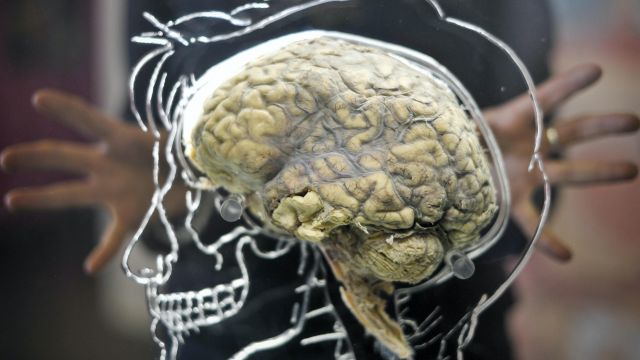The findings, published in the journal Genome Biology, are based on a new mouse model developed by a team of researchers, including experts from the Wellcome Sanger Institute and Addenbrooke’s Hospital.
The researchers found that a mutation in a well-known cancer gene, known as EGFR, initiates glioblastoma and works with more than 200 other genes to drive the disease.
The team said their work could help in finding new drugs that target these mutations by testing the treatments on the mouse model.
Dr Imran Noorani, a corresponding author previously from the Wellcome Sanger Institute, and now based at Addenbrooke’s Hospital and the University of Cambridge, said: “We have created a new mouse model for studying the lethal human brain cancer glioblastoma.
“For the first time, we showed that the familiar cancer gene, EGFR, is capable of initiating glioblastoma and we identified new driver genes, whose potential for therapeutic targeting deserves further exploration.”
Unfortunately, glioblastoma tumours can become highly resistant to therapies that target specific molecules, as there are many other genetic drivers that can 'take over' progressing the cancer. This new mouse model provides the missing link to translate findings from new potential treatments tested on mice to clinical trials
Glioblastoma is usually treated with surgery followed by chemotherapy or radiotherapy.
However cancer cells can evade treatment and cause tumours to return, with patients surviving for 12-18 months following diagnosis.
To identify which genes help EGFR to drive the cancer, the team used a technique where a small section of DNA was inserted into different parts of the genome – the genetic material of an organism – to introduce mutations.
The researchers found more than 200 known and new mutations in the genes that were working with EGFR to drive brain tumour growth in their mouse model.
Comparisons with human genomic data uncovered many genetic mutations found in both humans and mice, the researchers said.
Professor Allan Bradley, previously director of the Wellcome Sanger Institute, and now chief scientific officer of Kymab and professor in the department of medicine at the University of Cambridge, said: “Glioblastoma patients urgently require new, targeted therapies.
“Unfortunately, glioblastoma tumours can become highly resistant to therapies that target specific molecules, as there are many other genetic drivers that can ‘take over’ progressing the cancer.
“This new mouse model provides the missing link to translate findings from new potential treatments tested on mice to clinical trials.”







